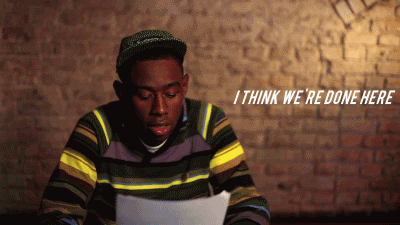March 2012
Part A
The four common
information sharing cultures include information-functional culture,
information-sharing culture, information-inquiring culture and
information-discovery culture.
True
An entry barrier is
typically used to influence the rivalry among existing competitors.
False
Part B
What is a field
concerned with the use of technology in managing and processing information?
Information Technology.
Which of the following
represents the order of priority for the three primary organizational key
resources?
Information, information
technology, people.
What refer to
application and technologies that are used to gather, provide access to and analyse
data and information to support decision-making effort?
Business intelligence
What is the acquisition
and analysis of events and trends in the environment external to an
organization?
Environmental scanning
All of the following
are common tools used in industry to analyse and develop competitive
advantages, except;
Competitive analysis model
Part C
Porter’s Five Forces
Model is one of common tools used in industry to analyse and develop
competitive advantages. List and describe each of the five forces in Porter’s
Five Forces Model.
Buyer Power – the ability of buyers
to affect the price they must pay for an item. The buyer power is high when
buyers have many choices of whom to buy from and low when their choices are
few.
Supplier Power – consist of all
parties involved, directly and indirectly in obtaining raw material or a
product.
Threat of Substitute Product or
Services – it is high when there are many alternatives to a product or service
and low when there are few alternatives from which to choose.
Threat of New Entrant - high when it
is easy for new competitors to enter a market and low when there are
significant entry barriers to entering a market.
Rivalry among existing competitors
– it is high when competition is fierce in a market and low when competition is
more content
October 2012
Part A
Information technology
(IT) is a field concerned with the use of technology in managing and processing
information.
True
Information discovery
culture encourages employee to search for information to better understanding
the future and align themselves with current trends and new direction.
False
Part B
Management Information
System (MIS) can be defined as:
A general name for the business
function and academic discipline covering the application of people,
technologies and procedures to solve business problems.
Applications and
technologies that are used to gather, provide access to and analyse data and
information to support decision making efforts refer to:
Business intelligence.
Part C
Explain four
organizational information cultures.
Information-Functional Culture: Employees
use information as a means of exercising influence or power over others.
Information-Sharing Culture:
Employees across departments trust each other to use information (especially
about problems and failures) to improve performance.
Information-Inquiring Culture: Employees
across departments search for information to better understand the future and
align themselves with current trends and new directions.
Information-Discovery Culture:
Employees across departments are open to new insights about crisis and radical
changes and seek ways to create competitive advantages.
Describe three Porter
Generic Strategies. Support your answers with example.
Cost leadership: The business
strategy is to be low cost provider of goods for the cost conscious consumer. For
example, Walmart that offers a broad range of goods at low prices.
Differentiation: Its business
strategy offers a variety of specialty and upscale products to affluent
consumers. For example, Neiman Marcus competes by offering broad range of
varieties of products at high prices.
Focused strategies: In this
strategy it could go either offering specific product at low prices or a high
cost provider of premier product to affluent consumer. For example, Payless
shoes that offers specific product at low prices while Tiffany & Co offers
variety of product such as jewellery at high prices.
March 2013
Part A
Data is information
converted into meaningful and useful context.
False
An organization’s IT
culture can directly affect its ability to compete in the global market.
True
Switching costs are
costs that encourage customers to switch to another product or service.
False
Part B
What can IT enable an
organization to accomplish?
Reduce costs, improve productivity
and generate growth.
Organizational
information cultures include:
Information-functional, sharing,
inquiring and discovery culture.
Which of the following statement
is true?
IT enables business success and
innovation.


No comments:
Post a Comment